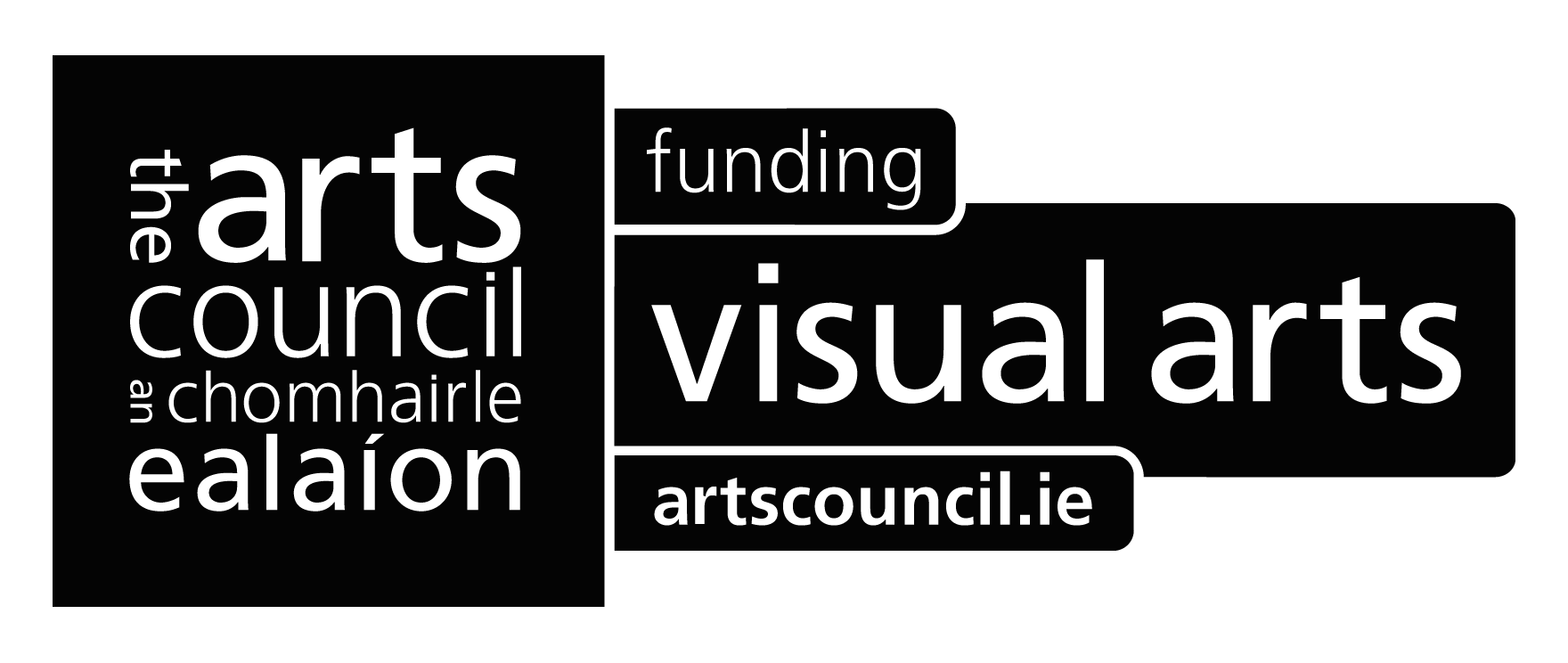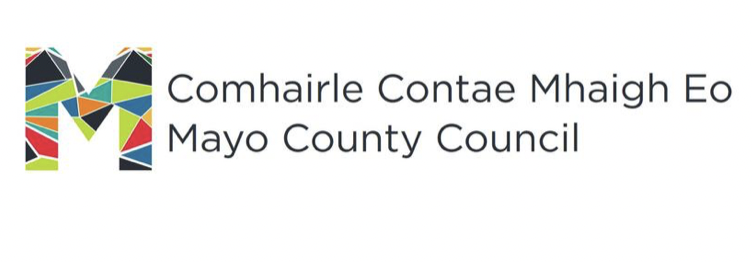Five short video works made at home in the spring and early summer of 2020.
Explorations into colour and the memory of a dream performed in the time of the pandemic alongside Robert Boyles text "Experiments and Considerations Touching Colours" (1664)
Explorations into colour and the memory of a dream performed in the time of the pandemic alongside Robert Boyles text "Experiments and Considerations Touching Colours" (1664)
Funded by The Arts Council/An Chomhairle Ealaíon.
experiments and considerations - the Boyle invitation to experiment with colour
the dream - the dream drawing
working from home - covid dreams and a previous pestilence
experiment seven/twelve - exploration/recreation
the last part - a meditation on light
THE
Experimental History
OF
COLOURS.
Begun.
The Third PART.
Containing
Promiscuous Experiments
About
COLOURS.
EXPERIMENT VII.
R. Boyle.
(1664)
I have sometimes thought it worth while to take notice, whether or no the Colours of Opacous Bodies might not appear to the Eye somewhat Diversify'd, not only by the Disposition of the Superficial parts of the Bodyes themselves and by the Position of the Eye in Reference to the Object and the Light, (for these things are Notorious enough;) but according also to the Nature of the Lucid Body that shines upon them. And I remember that in Prosecution of this Curiosity, I observ'd a manifest Difference in some Kinds of Colour'd Bodyes look'd on by Day-light, and afterwards by the light of the Moon; either directly falling on them or Reflected upon them from a Concave Looking-glass. But not finding at present in my Collections about Colours any thing set down of this Kind, I shall, till I have opportunity to repeat them, content my self to add what I find Register'd concerning Colours look'd on by Candle-light, in regard that not only the Experiment is more easie to be repeated, but the Objects being the Same Sorts of Colour'd Paper lastly mention'd, the Collation of the two Experiments may help to make the Conjectures they will suggest somewhat the less uncertain.
Within a few dayes of the time above mention'd, divers Sheets of Colour'd Paper that had been look'd upon before in the Sunshine were look'd upon at night by the light of a pretty big Candle, (snuff'd) and the Changes that were observ'd were these.
The Yellow seem'd much fainter than in the Day, and inclinable to a pale Straw Colour.
The Red seem'd little Chang'd; but seem'd to Reflect Light more strongly than any other Colour (for White was none of them.)
A fair Deep Green look'd upon by it self seem'd to be a Dark Blew: But being look'd upon together with a Dark Blew, appear'd Greenish; and beheld together with a Yellow appear'd more Blew than at first.
The Blew look'd more like a Deep Purple or Murray than it had done in the Daylight.
The Purple seem'd very little alter'd.
The Red look'd upon with the Yellow made the Yellow look almost like Brown Cap-paper.
N. The Caution Subjoyned to the third Experiments is also Applicable to this.
Within a few dayes of the time above mention'd, divers Sheets of Colour'd Paper that had been look'd upon before in the Sunshine were look'd upon at night by the light of a pretty big Candle, (snuff'd) and the Changes that were observ'd were these.
The Yellow seem'd much fainter than in the Day, and inclinable to a pale Straw Colour.
The Red seem'd little Chang'd; but seem'd to Reflect Light more strongly than any other Colour (for White was none of them.)
A fair Deep Green look'd upon by it self seem'd to be a Dark Blew: But being look'd upon together with a Dark Blew, appear'd Greenish; and beheld together with a Yellow appear'd more Blew than at first.
The Blew look'd more like a Deep Purple or Murray than it had done in the Daylight.
The Purple seem'd very little alter'd.
The Red look'd upon with the Yellow made the Yellow look almost like Brown Cap-paper.
N. The Caution Subjoyned to the third Experiments is also Applicable to this.
EXPERIMENT XI.
If you will allow me, Pyrophilus, for the avoiding of Ambiguity, to imploy the Word Pigments, to signifie such prepared materials (as Cochinele, Vermilion, Orpiment,) as Painters, Dyers and other Artificers make use of to impart or imitate particular Colours, I shall be the better understood in divers passages of the following papers, and particularly when I tell you, That the mixing of Pigments being no inconsiderable part of the Painters Art, it may seem an Incroachment in me to meddle with it. But I think I may easily be excus'd (though I do not altogether pass it by) if I restrain my self to the making of a Transient mention of some few of their Practices about this matter; and that only so far forth, as may warrant me to observe to you, that there are but few Simple and Primary Colours (if I may so call them) [pg 220]from whose Various Compositions all the rest do as it were Result. For though Painters can imitate the Hues (though not always the Splendor) of those almost Numberless differing Colours that are to be met with in the Works of Nature, and of Art, I have not yet found, that to exhibit this strange Variety they need imploy any more than White, and Black, and Red, and Blew, and Yellow; these five, Variously Compounded, and (if I may so speak) Decompounded, being sufficient to exhibit a Variety and Number of Colours, such, as those that are altogether Strangers to the Painters Pallets, can hardly imagine.
Thus (for Instance) Black and White differingly mix'd, make a Vast company of Lighter and Darker Grays.
Blew and Yellow make a huge Variety of Greens.
Red and Yellow make Orange Tawny.
Red with a little White makes a Carnation.
Red with an Eye of Blew, makes a Purple; and by these simple Compositions again Compounded among themselves, the Skilfull Painter can produce what kind of Colour he pleases, and a great many more than we have yet Names for. But, as I intimated above, 'tis not my Design [pg 221]to prosecute this Subject, though I thought it not unfit to take some Notice of it, because we may hereafter have occasion to make use of what has been now deliver'd, to illustrate the Generation of Intermediate Colours; concerning which we must yet subjoyn this Caution, that to make the Rules about the Emergency of Colours, fit to be Relied upon, the Corpuscles whereof the Pigments consist must be such as do not Destroy one anothers Texture, for in case they do, the produced Colour may be very Different from that which would Result from the Mixture of other harmless Pigments of the same Colours, as I shall have Occasion to shew ere long.
Thus (for Instance) Black and White differingly mix'd, make a Vast company of Lighter and Darker Grays.
Blew and Yellow make a huge Variety of Greens.
Red and Yellow make Orange Tawny.
Red with a little White makes a Carnation.
Red with an Eye of Blew, makes a Purple; and by these simple Compositions again Compounded among themselves, the Skilfull Painter can produce what kind of Colour he pleases, and a great many more than we have yet Names for. But, as I intimated above, 'tis not my Design [pg 221]to prosecute this Subject, though I thought it not unfit to take some Notice of it, because we may hereafter have occasion to make use of what has been now deliver'd, to illustrate the Generation of Intermediate Colours; concerning which we must yet subjoyn this Caution, that to make the Rules about the Emergency of Colours, fit to be Relied upon, the Corpuscles whereof the Pigments consist must be such as do not Destroy one anothers Texture, for in case they do, the produced Colour may be very Different from that which would Result from the Mixture of other harmless Pigments of the same Colours, as I shall have Occasion to shew ere long.



